Can people with high blood sugar eat oranges?
A lot of people with high blood sugar are contraindicated to fruits, they think they are sweet and have a big impact on their blood sugar and don't dare to eat them much. I have found that a lot of diabetics hardly eat any fruits at all. But in fact this is not right.
Fruits are rich in nutrients, containing a variety of vitamins, minerals, dietary fiber and phytochemicals, and studies have shown that eating fruits properly can reduce the risk of various diabetes complications. SoDiabetics should eat some fruit every day.
Looking at the GI (Glycemic Index) value of a fruit is a good indicator when choosing a fruit. Fruits with a low glycemic index (GI < 55) are best for diabetics.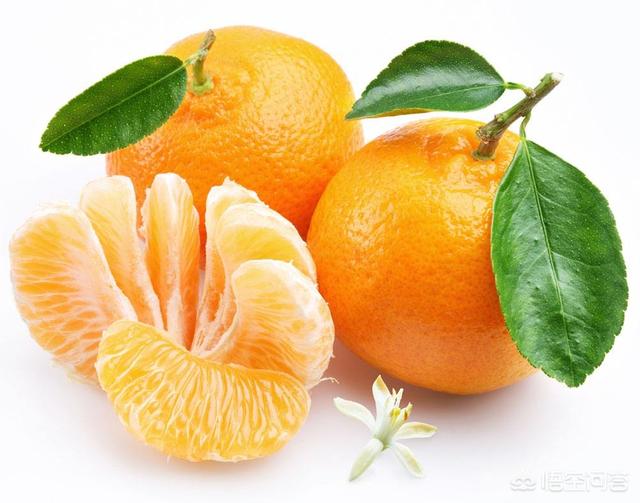
With a GI of 43, citrus is a low glycemic index fruit and is certainly ideal for diabetics.
Oranges have outstanding levels of beta-carotene, with 890 micrograms per 100 grams, making them arguably the best of the fruits.Beta-carotene can be converted into vitamin A in the body, which has high health benefits for vision, promoting cell growth, maintaining the health of the skin and the protective layer of the body, antioxidant, regulating immunity and inhibiting tumor growth.
Now in winter, it is a variety of citrus on the market in large quantities of the season, as a seasonal fruit whether in taste or nutritional value are better, diabetic patients can be appropriate choice.
Eating 200 grams of fruit a day, and eating it between meals, is still a safe bet for smoothing blood sugar.
Author:Li Huiyi National Level 2 Public Nutritionist Dalian Jiuwei Health College Level 1 Lecturer
(Special reply by: Dr. Zhang, The Second Hospital of Tianjin Medical University)
People with high blood sugar are always told to "keep their mouths shut" in order to keep their blood sugar under control, which makes many people with high blood sugar subconsciously shy away from sweets (including fruits, after all, most fruits have a sweet flavor). However, we all know that fruits are rich in vitamins and antioxidants, which are beneficial to the human body and are an indispensable part of life. So, for people with high blood sugar, can fruit be eaten or not? Including our common orange, sweet and sour, high blood sugar people can eat, or can not eat? Today we will find the answer.
In fact, for fruits, some seem to taste very sweet, but its sugar index (glycemic index GI, sugar content) is not high. Therefore, diabetic patients can choose the right amount to eat some, it is recommended that preferred glycemic index (GI) and low sugar content of the fruit is preferred. Glycemic index reflects the ability of food to raise postprandial blood glucose, according to the different GI, food is divided into high, medium and low three categories, low GI food (GI <55) common apples, pears, peaches, mango, tomatoes, kiwi, cherries, plums, pomelo and so on. Fruits with medium to high GI include oranges, grapes, pineapples, bananas, and dried fruits. For low GI fruits, people with high blood sugar can choose to consume them, but for medium-high GI fruits, it is not completely impossible for people with high blood sugar to consume them, but they need to be limited.
The sugar content of fruits (the amount of sugar per 100g of fruit) varies. Such as the common sweet watermelon, melon, sugar cane, grapes, peaches, as well as lemons, plums, apricots, loquats, pineapples, strawberries, cherries and so on, these fruits have a low sugar content (<10g); sugar content between 10-20g of fruits, including bananas, pomegranates, apples, pears, oranges, mangos, etc.; sugar content of more than 20g of jujubes, red fruits, as well as some dried fruits (cinnamon, apricot raisins, raisins, persimmon cake, honey dates), etc.
Therefore, diabetes or high blood sugar, you can eat a moderate amount of low GI, low sugar content of fruits, such as cherries, plums, peaches, etc., and we often say that the orange, belonging to the GI in the high level, medium sugar content, between 10-20g, is a moderate amount of food, but should not be greedy for more, a limited amount of food can be.

In addition, no matter which kind of fruit to eat, it is recommended to choose to eat between meals. People with sports habits, you can choose to eat fruit before or after exercise, which is due to the consumption of fruit before exercise, exercise helps to reduce the rise in blood glucose due to the fruit into the body; while eating fruit after exercise, can supplement physical energy, while preventing the occurrence of hypoglycemia after exercise. And high blood sugar people, in the process of eating fruit, it is recommended to eat fruit directly, rather than drinking fruit juice.
In short, like oranges and other fruits, for people with high blood sugar, it is possible to use in moderation, but should not be too much, but from the point of view of the impact on blood glucose, it is still recommended that people with high blood glucose preferred glycemic index is low, the sugar content of the fruit is low.
As long as the serving size is within reasonable limits, most fruits for people with high blood sugar don't have to worry too much. People with high blood sugar can eat oranges, don't overdo it is.
People with hyperglycemia have a reduced ability to regulate their blood sugar, so the sugar in their food has to be controlled, not just in total amount, but also in the rate of release, but these requirements are basically for staple foods.
Sugar in staple foods is in the form of starch, and refined rice and white flour is about 70-80% starch, so the sugar in the diet comes mainly from staple foods.
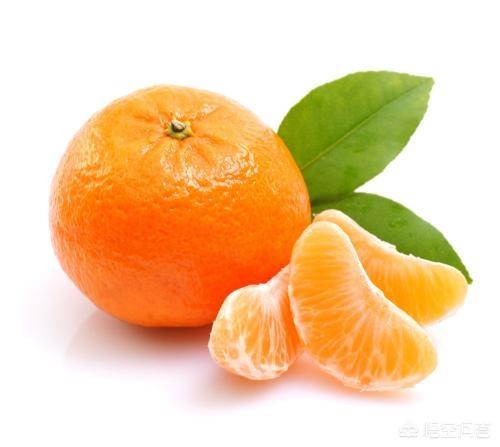
Fruits and vegetables are not high in sugar in the first place, and secondly, fruit consumption is limited, so although fruits are sweet to eat, they are not the first thing to control.
Besides, patients with high blood sugar are worried about added sugar, the sugar contained in the fruit itself is not considered added sugar, because the fruit does not only contain sugar, but also contains pectin and other dietary fibers, the overall fruit for the glycemic index is not high, but if you squeeze it into the juice, it will not work.
Oranges contain about 12% sugar, which is not low but not among the highest among fruits, with a glycemic index of about 40 and a moderate glycemic load, so as long as the amount of each serving is not more than 200 grams, it can be safely consumed.
Also, the 200 grams refers to the pure orange petals, without the skin.
Jiang Dan, registered dietitian, signed author of today's headlines.
People with high blood sugar and diabetes should choose foods with a low glycemic index, i.e. low GI foods (less than 55). But that doesn't mean you can't eat any high GI foods. For example, most grains are high GI foods, but do people with diabetes and high blood sugar not eat rice and noodles? Obviously not! As long as the rice with some coarse grains, such as: brown rice, corn, black rice, oats, millet, miscellaneous beans (kidney beans, red beans, mung beans), etc., due to the coarse grains contain more dietary fiber, starch digestion is slow, slowing down the rise of blood glucose, can be completely bold and safe to eat. Thus it is important to know how to eat a lot of things. Otherwise, this or not eat that also taboo, it is easy to lead to malnutrition, physical weakness.
Looking at the question again, the answer is that oranges are perfectly fine to eat because they themselves are a low GI food with a GI of only 43.
Fruits are rich in a variety of vitamins, minerals, and phytochemicals that are very beneficial to your health and can prevent chronic diseases. In fact, diabetics and people with high blood sugar can eat all fruits! Only like watermelon, pineapple, these high GI value of fruit shallow, should not be eaten more. Most other fruits are low GI food, can be eaten in moderation, do not think that the fruit is sweet can not eat.
We also recommend the following fruits: grapefruit (GI 25), grapes (GI 43), bananas (GI 52), fresh peaches (GI 28). You can eat them in moderation.
The weather is cold, it is not easy to code. If it is helpful to you, remember to like and follow. Thank you!
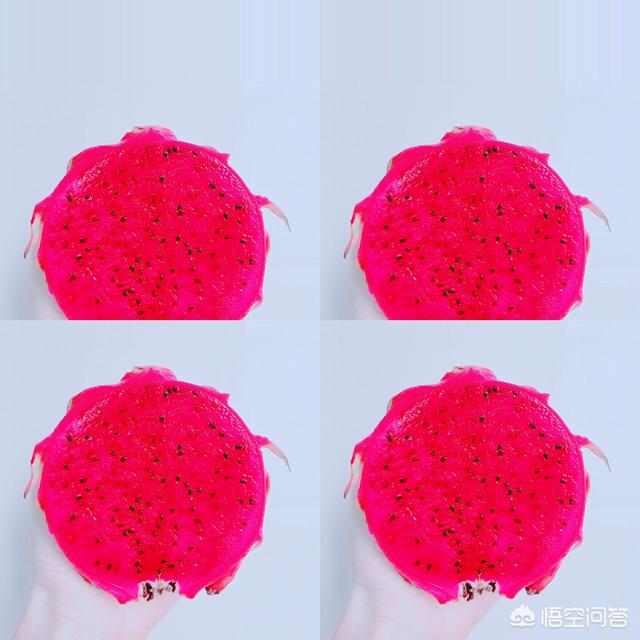
Many diabetic patients are afraid to eat fruit, to eat only eat some cucumber, tomatoes. They think that blood sugar is already high, fruit is so sweet, eat fruit on blood sugar is not worse? Is this the truth? Can diabetics eat some oranges?

Some studies in the country have shown that eating fruits is instead beneficial for diabetics
Contrary to what we usually believe, eating fruits is instead good for blood sugar control. Of course, there are conditions for eating fruits to help control blood sugar.
1、Eating fruits is good for blood sugar control
This study was done by the Jiangsu Provincial CDC, who analyzed the fruit consumption of more than 20,000 diabetics. The study showed:
- People with diabetes who ate fruit 1-4 times per week had a 20% lower risk of poorer glycemic control compared to not eating fruit. People with diabetes who had fruit 5 or more times per week had a 30% lower risk of poorer glycemic control.
- In addition, patients with 50-99 grams of fruit per day and 100 grams or more per day had a 29% and 32% lower risk of poorer glycemic control.
2、Eating fruits is conducive to reducing the complications of diabetes and lowering the mortality rate
- A study involving 500,000 Chinese people confirmed that 100 grams of fruit per day reduced the risk of developing diabetes by 12 percent and overall mortality by 17 percent.
- And it was able to reduce the risk of diabetic microvascular complications (diabetic nephropathy, diabetic retinopathy) by 28% and the risk of macrovascular lesions (coronary heart disease, cerebral infarction) by 13%.
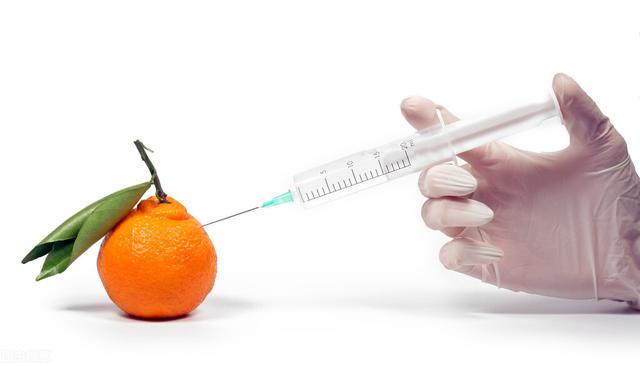
Eating fresh fruit is good for diabetes, and it comes with conditions
As stated above, eating fresh fruit is good for diabetes, but there are conditions, such as how much fruit to control per day? When to eat? Which fruits to eat and so on.
1, how much fruit is more appropriate to eat every day
- For diabetics, it is not possible to eat fruit without restraint, and the same is true for normal people, everything should have a degree. So for diabetics, how much fruit is appropriate to eat every day?
- The study above does not address this point and cannot give us an answer. But there are foreign studies that confirm that it is not good to eat too much or too little, and that 200 grams of fruit or less per day is better.
2. When to eat fruit
- First of all, you can't eat fruit right after you've just eaten a meal, it's not a good idea. Also, it's not a good idea to eat fruit if your blood sugar has not been controlled well recently.
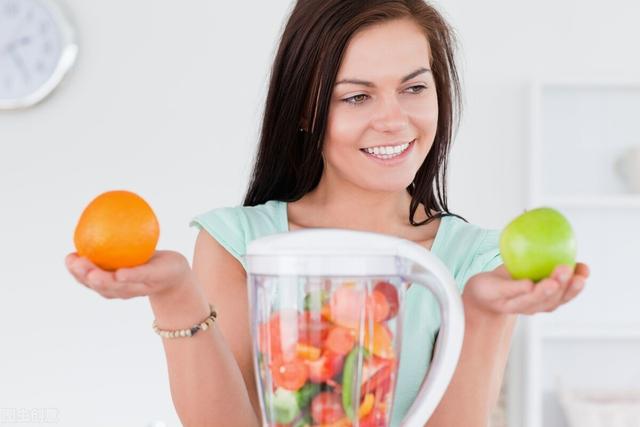
3. What fruits are more appropriate to eat
It's not possible for diabetics to eat all fruits, but it's also different from the common belief that you can only eat unsweetened fruits like cucumbers and tomatoes.
There is a concept to be introduced here calledGlycemic load.. Glycemic load refers to how many grams of glucose are contained in 100 grams of food.
- When the glycemic load is >20, it is a high glycemic load food, and eating 100 grams of such food has a significant effect on blood glucose, and diabetics should stay away from it.
- When the glycemic load is between 10-20, it is a medium glycemic load food, and eating 100 grams of such food has an average effect on blood glucose, so diabetics can eat it appropriately.
- When the glycemic load is <10, it is a low glycemic load food, and eating 100 grams of such food has little effect on blood glucose and can be eaten by diabetics.
for exampleCherry, watermelon, plum, grapefruit, lemon, kiwi, orangeThese are low glycemic load fruits and are safe to eat. WhileBanana, lychee, melonAll are medium glycemic load fruits and should not be eaten in excess.
Some diabetics who are usually more concerned about their condition may also be aware of a concept called the glycemic index. Some may know that watermelon'sglycemic indexIt's very high, at 72. Some may wonder.Can you really eat watermelon?
For diabetics, the main energy intake that is controlled by a controlled diet is the intake of carbohydrates. Even if you eat white sugar, but if you just eat a little bit, of course, it is okay.
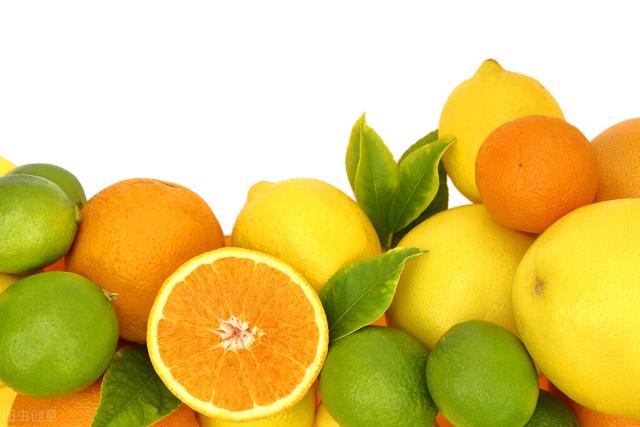
Here's the math on why watermelon is edible.
A quick check of the food composition table shows that 100 grams of watermelon contains 5.5 grams of carbohydrates (also known as sugar). The glycemic index of watermelon is 72. Glycemic load = weight × weight of carbohydrates in 100 g of food (this value needs to be checked on the Internet) × glycemic index (also needs to be checked on the Internet) ÷ 100.
Assuming a diabetic, who eats 200 grams of watermelon per day, what is the glycemic load when 200 grams of watermelon is consumed?
- First of all, 100 grams of watermelon contains 5.5 grams of carbohydrates (that is, sugar), so 200 grams of watermelon is 11 grams of sugar, glycemic load = 11 × 0.72 = 7.92 grams <10 grams. This means that diabetic patients eating 200 grams of watermelon, are not much impact on blood sugar, can be eaten with confidence. If you are not sure, you can divide it into two servings.
Recalculate the oranges:
- There are many types of oranges, but 100 grams of oranges generally have a sugar content of less than 10, on a scale of 10. , while the glycemic index is around 43.
- The glycemic load of 100 grams of oranges = 10 × 43 ÷ 100 = 4.3 grams, and 200 grams of oranges is only 8.6 grams less than 10 grams, which is a low glycemic load, and can be safely eaten.
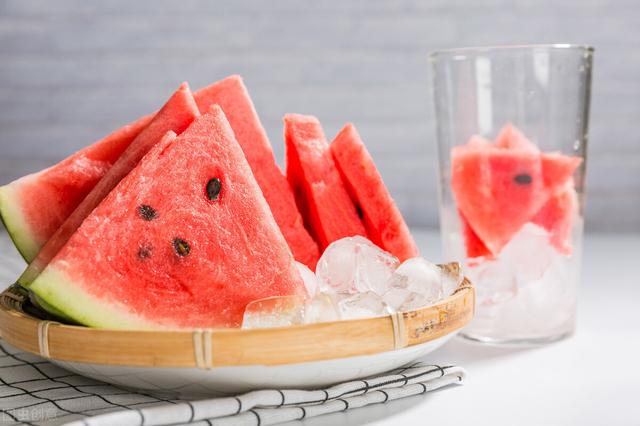
Summary:
- It's not that diabetics can't eat fruits, and they should be encouraged to eat fruits for the benefit of blood glucose control, but they should pay attention to controlling the amount of fruits, keeping it within 200 grams per day. And eat between meals.
- Also, oranges are a low glycemic load fruit and are safe to eat.
I am adhere to the medical kopen Chen Dafu, satisfied with my answer, please give me praise and attention, your support, is my creation of the greatest power.
It's okay!
Generally speaking, people with high blood sugar eat fruits are in the state of stable blood sugar control in moderation, after all, fruits contain a certain amount of vitamins, minerals, and dietary fiber, vitamin C and other antioxidant nutrients, which are beneficial to the body, the study found that: compared to those who consume less fruits, the risk of diabetes incidence in those who consume more fruits is reduced by 4%. For every additional 100 grams of fruit consumed, the risk of developing diabetes was reduced by 5%.The 2017 Dietary Guidelines for Diabetes recommend eating more vegetables, not eating fruit that is too sweet, and eating fruit in moderation, only with a few more choices of types and colors.
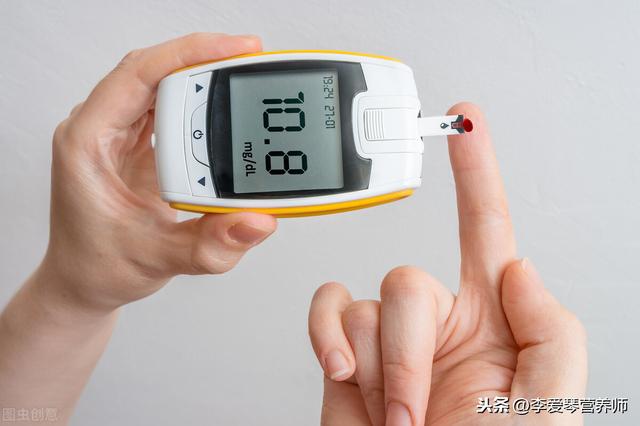
That said, there are 2 things to emphasize when eating fruit for people with high blood sugar:
The first is the sugar content of the fruit, try to choose fruits containing less than 10% sugar or medium content! 10%-20% of the fruit, such as grapefruit, plums, strawberries and so on;
Second, the GI index of fruits, try to choose low GI (<55) fruits, such as: apples, plums, cherries, peaches, oranges and so on;
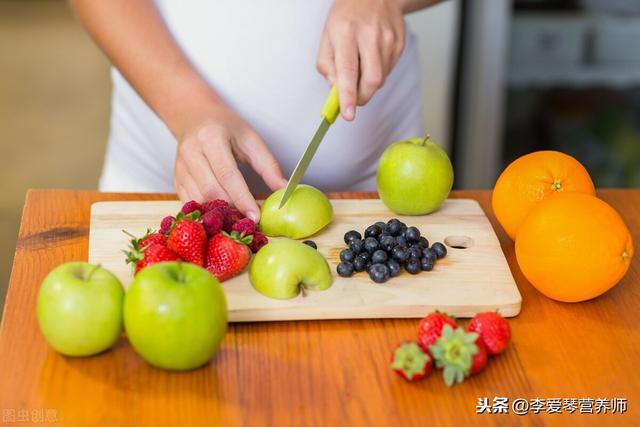
Check out the sugar content and GI index of oranges:
There are many varieties of oranges, such as Fukushima, mandarin orange, rutabaga, mandarin orange, kumquat, red mandarin orange, kumquat, orange, etc. The sugar content is generally in the range of 8.8-13.7g/100g, the average tangerine are in the 10g, kumquat is in the 13.7g, the sugar content is not too high, and then the low to medium range.
Oranges have a GI index of 43, <55, which makes them a GI food, not as low as plums, peaches, cherries, or grapefruit, but they are still considered low GI fruits
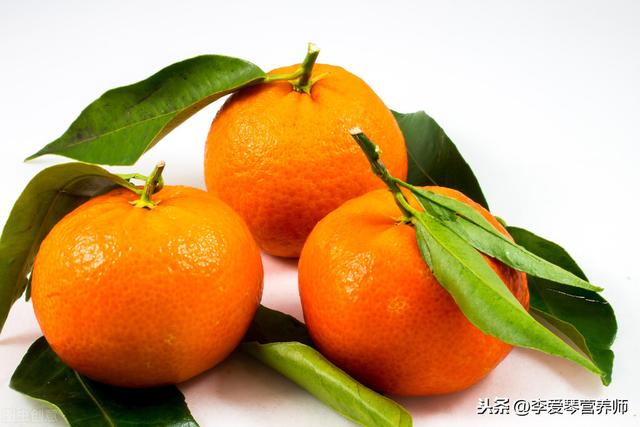
So orange and citrus fruits can still be eaten by people with high blood sugar. But remember a few things:
1, you can eat fruit between meals plus meals, before or immediately after meals to eat fruit, easy to lead to a rapid rise in blood sugar;
2. Eat no more than 200 grams of fruit per day, which can be divided into 2 servings;
3, if you do not eat fruit, you can choose cucumbers, tomatoes instead, you can get vitamin C, carotene, fiber and minerals, beneficial to the body.
Patients with high blood sugar can not eat anything, just the amount of the problem, as long as the amount of control, what can eat a little bit, but must pay attention to 3 types of food to eat less: more salt, more sugar, more fat food.
High blood sugar patients are divided into 2 kinds, one is more stable blood sugar control, these patients eat half a tangerine a day, eat 2 times a day, eat the time control in between meals, is not a problem at all. The other is unstable blood sugar control, fluctuation is relatively large, this time is not recommended to eat oranges.
In addition, oranges are not recommended if diabetes has triggered kidney disease, there was once a report: a man ate 5 oranges in a row without knowing he had diabetic nephropathy, fainted and was sent to ICU for resuscitation.
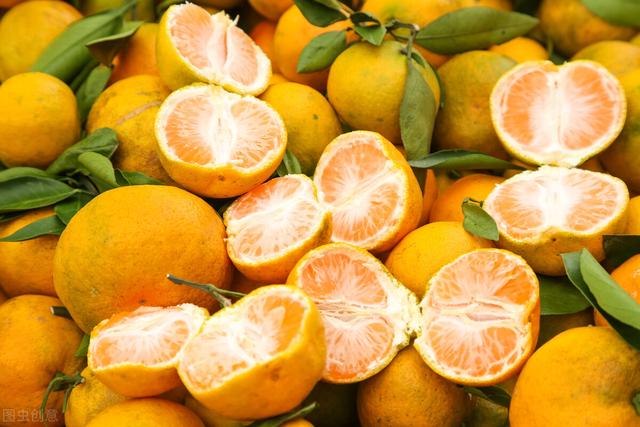
The reason is that kidney is an important organ for blood potassium regulation, when kidney function is normal, potassium intake is much, and potassium excretion by kidney is also increased, but when kidney function is impaired in patients with nephropathy, once a large amount of intake of fruits rich in potassium ions, such as oranges, it will make potassium accumulation in the body, high blood potassium directly inhibit heartbeat and breathing, if not treated in time, serious and even life-threatening. Therefore, patients with diabetic nephropathy should try to eat less or no oranges.
Diabetic patients often ask me a question is: fruit so sweet, with diabetes can still eat fruit? A little not eat fruit and easy constipation, eat fruit and worry about high blood sugar!
People with diabetes can and should eat fruit. Fruit is part of a diabetic's diet and produces about 20-100 kcal of energy per 100g of fresh fruit, eat about 200g of fruit a day and divide it into two servings.
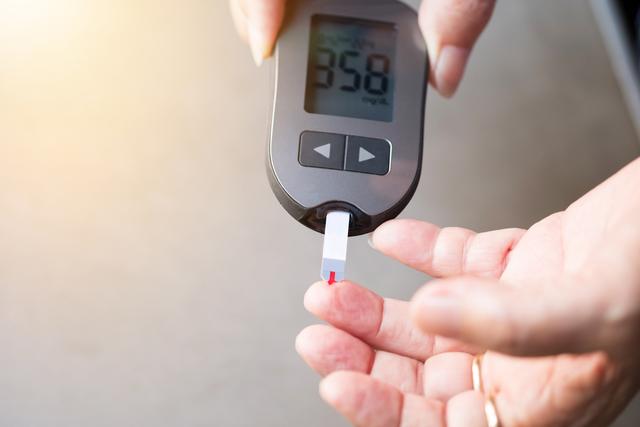
Caution:If the patient's blood glucose was normal before fruit intake, it is important to keep the energy constant after increasing fruit intake, for example, if about 200 g of fruit is consumed, the energy is about 90 kcal, and the intake of 25 g of staple food should be reduced.
Studies have shown that healthy people who maintain their fresh fruit intake habits have a significantly lower risk of developing diabetes, and diabetics who maintain their fresh fruit intake habits have an even lower risk of developing cardiovascular complications of diabetes and death.
How should fruits be selected? The general principle is to choose fruits with low glycemic load, low glycemic index and freshness. In general, green, raw fruits are better for glycemic control, and fruit colors and traits should be as diverse as possible.
Choose fruits with a low glycemic load, typically those containing less than 10g of sugar in 100g, such as: oranges, grapefruit, lemons, strawberries, plums, apricots, tomatoes and cucumbers.In particular, tomatoes and cucumbers, which can be used as both vegetables and fruits, contain less than 5% sugar and are best suited for diabetics.
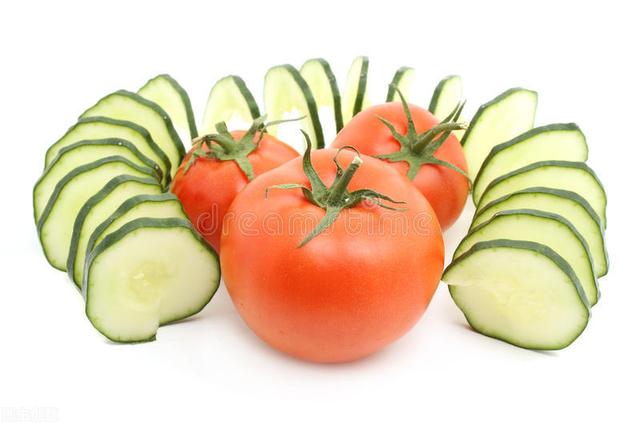
Note: Always choose fresh fruit, never drink fruit juice instead of fruit, or eat processed products of fruit, such as dried and canned fruit.
In addition.Studies have shown that intake of flavonoid-rich vegetables and fruits is associated with lower glycosylated hemoglobin and fasting glucose in people with diabetes, and that proper intake can be associated with a 30% reduction in the risk of comorbid retinopathy in people with diabetes.The main flavonoid-rich fruits are oranges, lemons, grapes, cherries, grapefruit and kiwis.
In summary, as long as the blood sugar is stable and there is no diabetic nephropathy, you can eat some oranges in moderation every day!
I am Pharmacist Wang, dedicated to helping you manage your body by explaining complex and difficult disease knowledge in plain words. Your praise is my greatest motivation! In addition, if your family members also have related troubles, please forward this article to them!
Diabetics can eat any food, it's just a matter of how and how much they eat it
Oranges are a nutritious fruit.
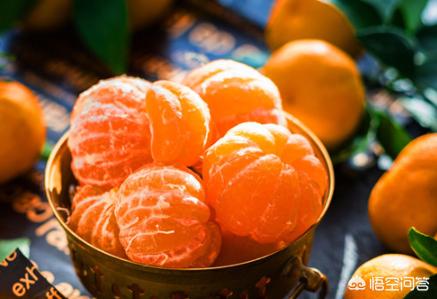
In the eyes of traditional Chinese medicine, tangerine is flat, sweet and sour, with the effect of generating fluids and relieving cough, used for gastrointestinal dryness and heat of the disease; and gastric diuretic effect, used for abdominal discomfort, dysuria, etc.; and moisturize the lung and resolve phlegm, suitable for lung heat and cough of the disease. Tangerine has the effect of inhibiting staphylococcus, which can increase blood pressure, heart excitement, inhibit gastrointestinal and uterine peristalsis, but also reduce the fragility of capillaries and reduce microvascular bleeding.
In the eyes of Western medicine, oranges contain vitamin C, vitamin A, vitamin B, fiber and a variety of mineral elements, moderate daily consumption for human health has a very good supporting role.
Oranges are rich in nutrients, but when you eat them, they are sweet and sour, and also very delicious, so can diabetic friends eat oranges?
To answer this question, let's first look at the GI index of oranges.

As we can see from the table above, the GI index of oranges is 31, which is a low GI index and can be eaten by diabetic friends. However, in order to ensure that it does not affect blood sugar, it is recommended to eat between meals, and eat in moderation, in general, do not eat more than 3 a day is good.
In addition, since oranges are rich in fiber, they also help reduce constipation when consumed by diabetic friends!
I hope my answer can help the owner and more friends.
We are committed to providing you with more life-related trivia, so that you can live happily every day.
Follow ChaYueLife for more health protection in your life. For more health tips, please follow WeChat public number: Cha Yue Life.
Is it possible for people with high blood sugar to eat oranges? For this question, it needs to depend on how high people's blood sugar level is. If only blood sugar is elevated, but when the diagnosis of diabetes has not yet been reached, oranges can be eaten, but the amount needs to be controlled. If the diabetes standard has been reached, but the blood sugar fluctuation is big, you should avoid eating for the time being. If the blood sugar control is stable, you can eat a small amount, but you should reduce the intake of staple food appropriately.
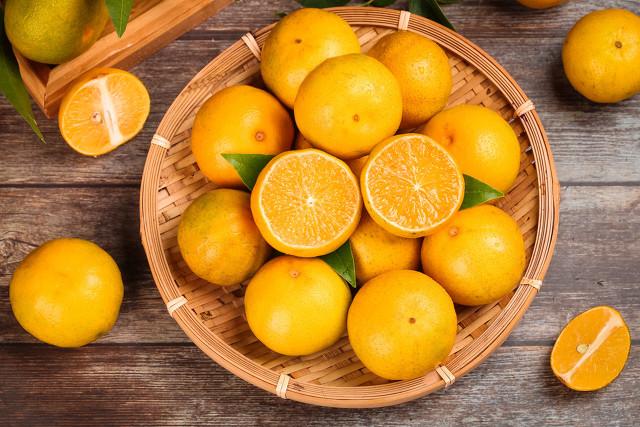
Normally, our fasting blood glucose is between 3.9 and 6.1 mmol/L, and two-hour postprandial blood glucose is between 4.4 and 7.8 mmol/L; when the fasting blood glucose is between 6.1 and 7.0 mmol/, and/or the two-hour postprandial blood glucose is between 7.8 and 11.1 mmol/L, it is prediabetic; and when the fasting blood glucose is more than 7.0 mmol/L and/or two-hour postprandial blood glucose exceeds 11.1 mmol/L, possible diabetes should be considered.
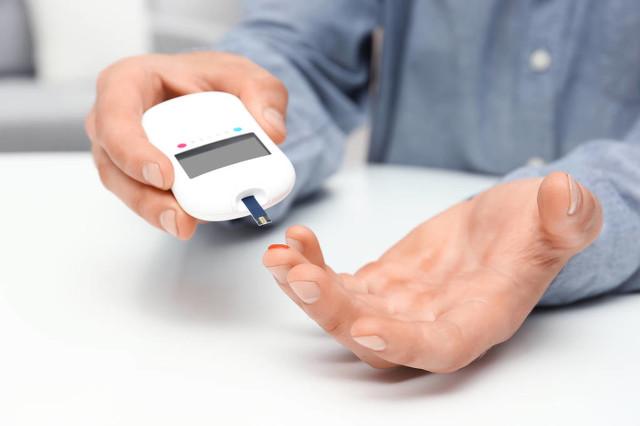
For people with elevated blood glucose levels, we should pay attention to improving lifestyle, which should pay attention to controlling the intake of high glycemic index food, but it is definitely not impossible to eat, even for patients with existing diabetes, as long as we can adhere to standardized treatment, under the premise of stable control of blood glucose levels, you can also eat oranges and other fruits, but should not eat too much at a time, eat at the same time, to appropriately reduce the intake of staple food, and pay attention to monitoring changes in blood glucose levels. The patient should not eat too much at a time and should reduce the intake of staple food and monitor the changes of blood glucose level. In daily life, attention should also be paid to appropriate exercise and weight control to assist blood glucose control.
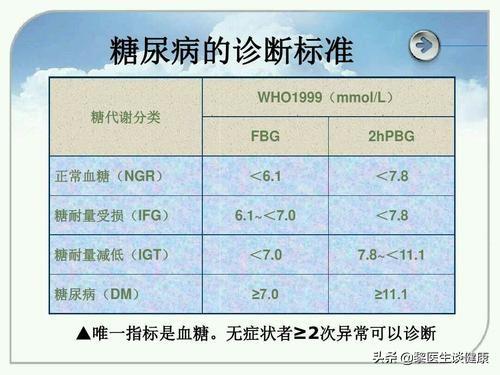
Diabetes is not scary, as long as we can adhere to standardized treatment, the vast majority of patients are able to stable control of blood glucose, in contrast, pre-diabetic patients to improve lifestyle, if diabetes has been diagnosed, it must be strict lifestyle intervention at the same time, pay attention to the use of hypoglycemic drugs, hypoglycemic medication should be individualized, insulin substitution therapy can be used if necessary, in order to stably control the blood glucose, reduce the occurrence of complications and improve the quality of life.
I hope this article can help you, if you have any questions, welcome to leave a message at the end of the article and discuss together.
This article was originally written by Dr. Lai on Health (formerly GP Sweeper).
Follow @DrLeeTalksHealth for more health knowledge.
This question and answer are from the site users, does not represent the position of the site, such as infringement, please contact the administrator to delete.